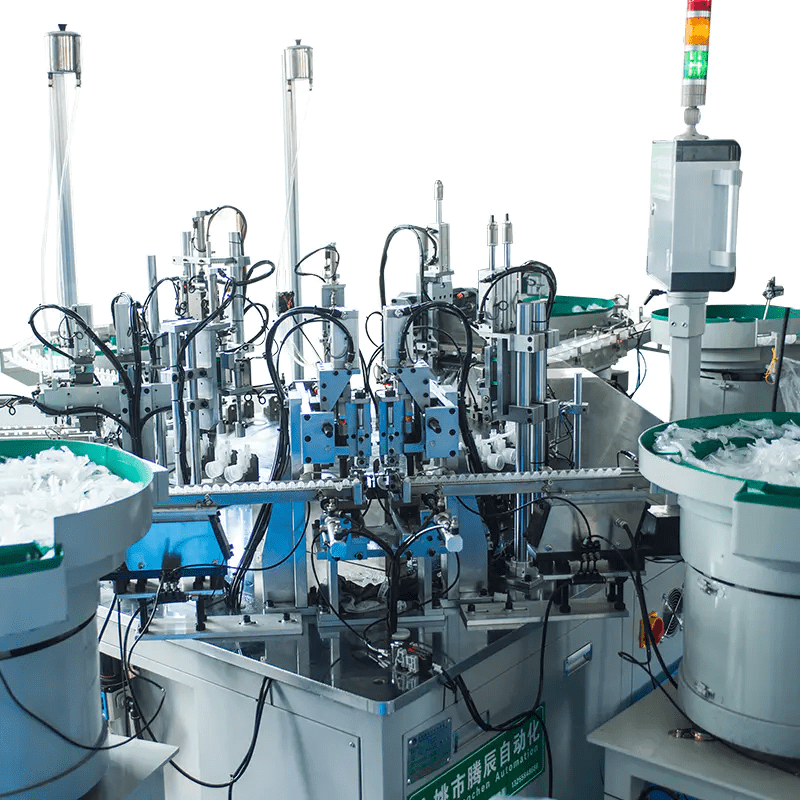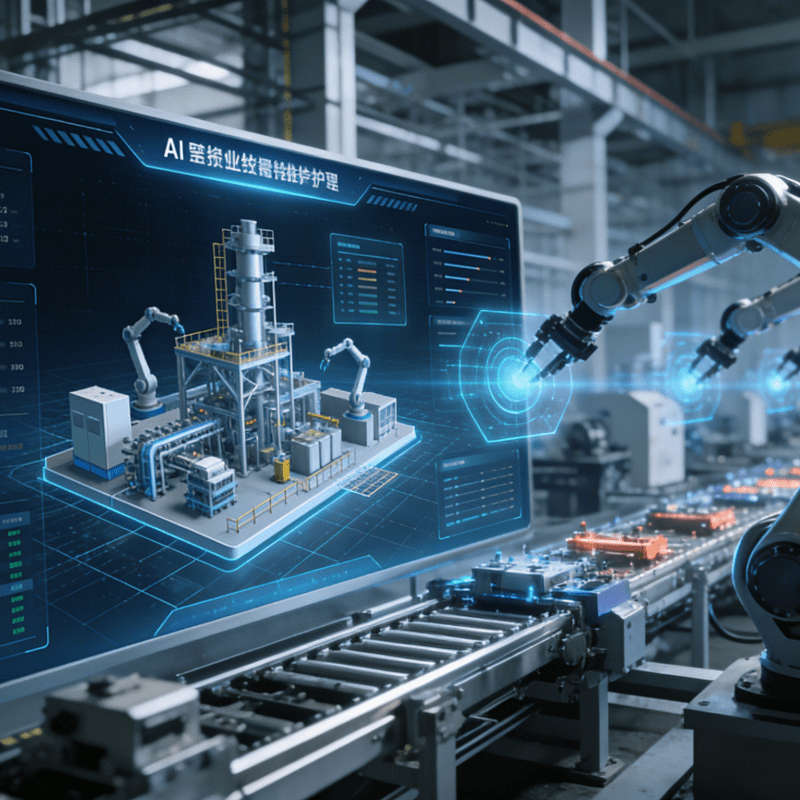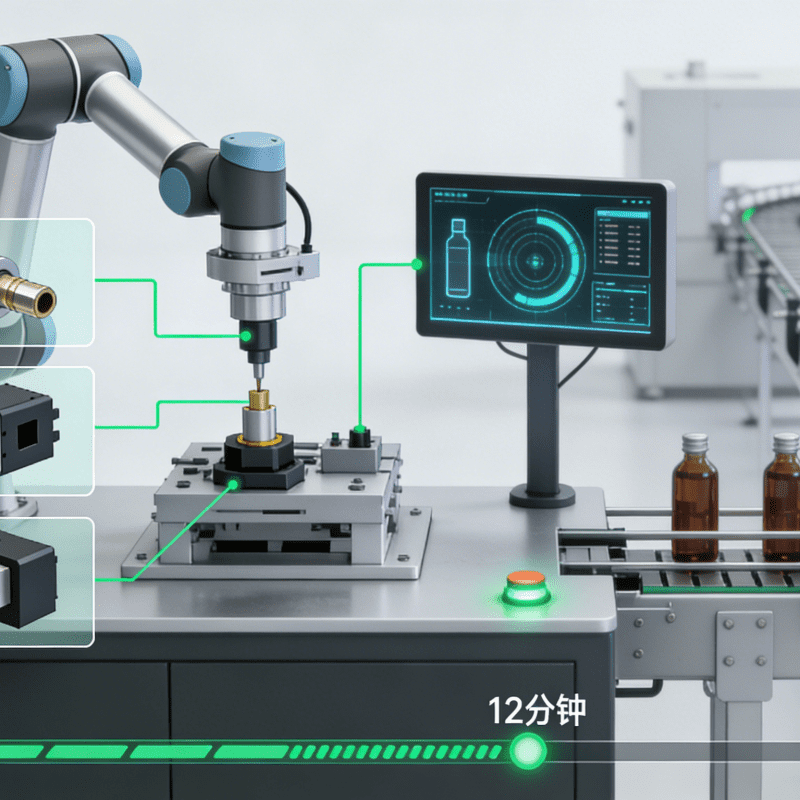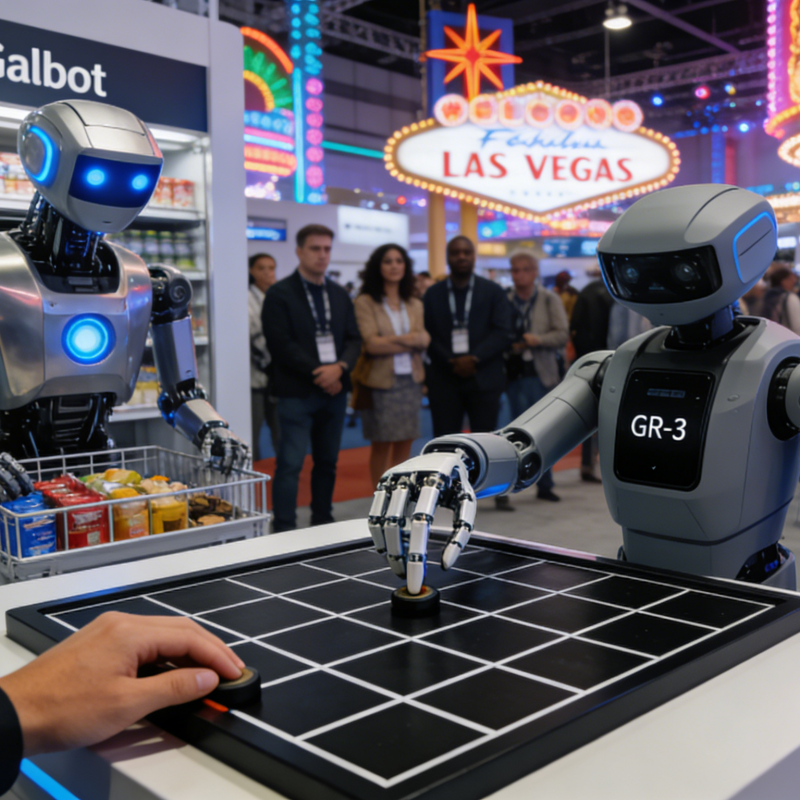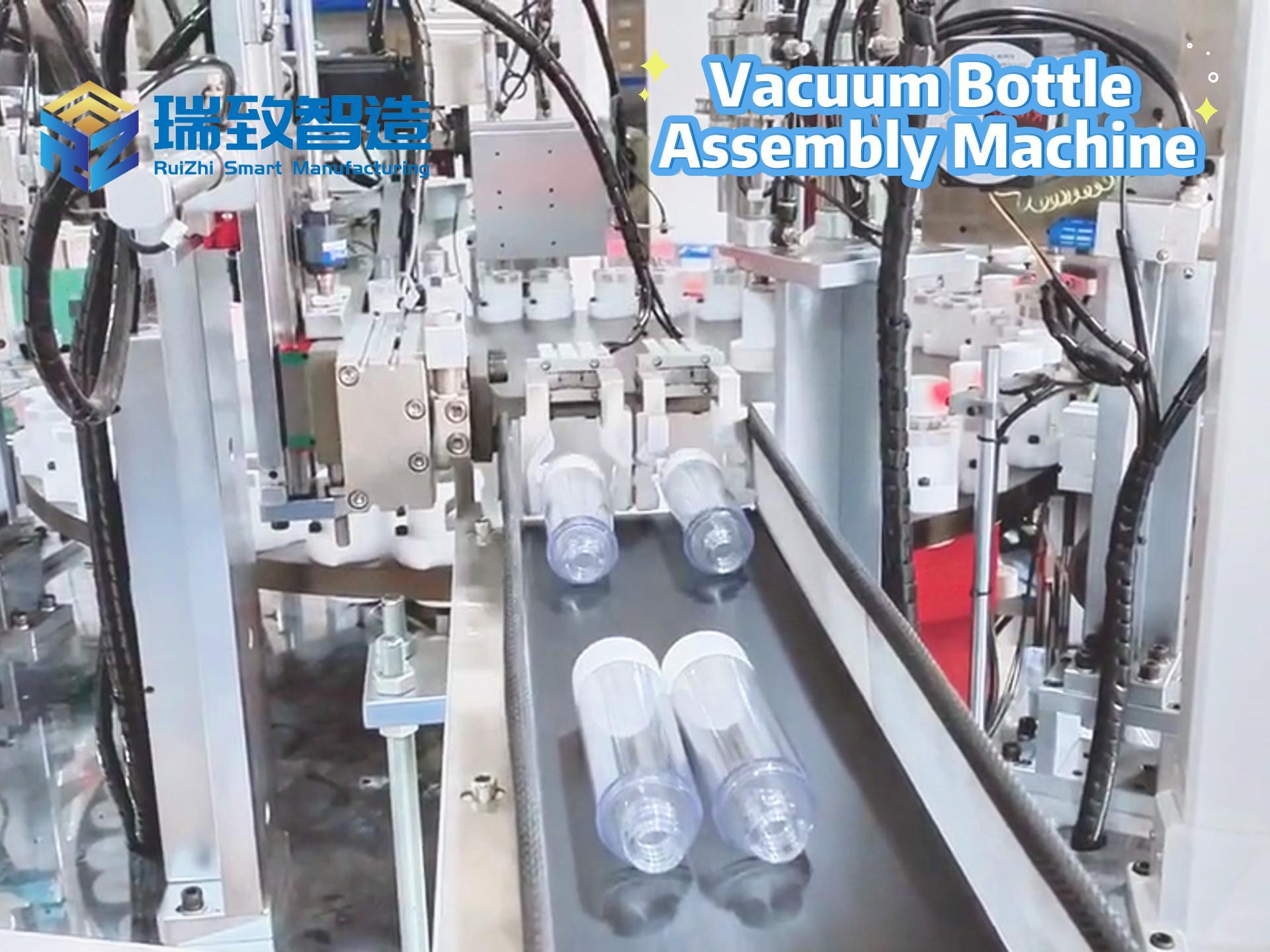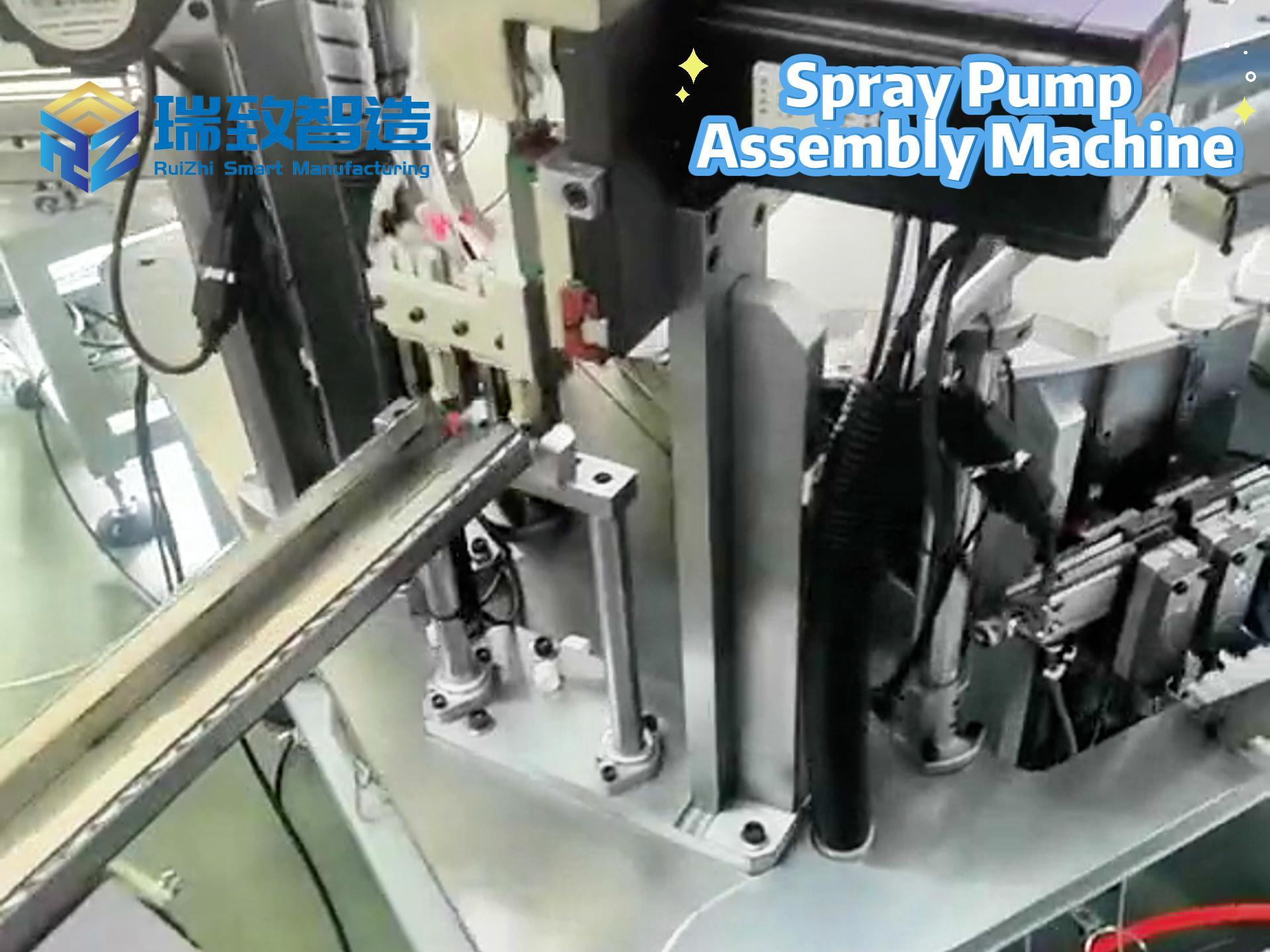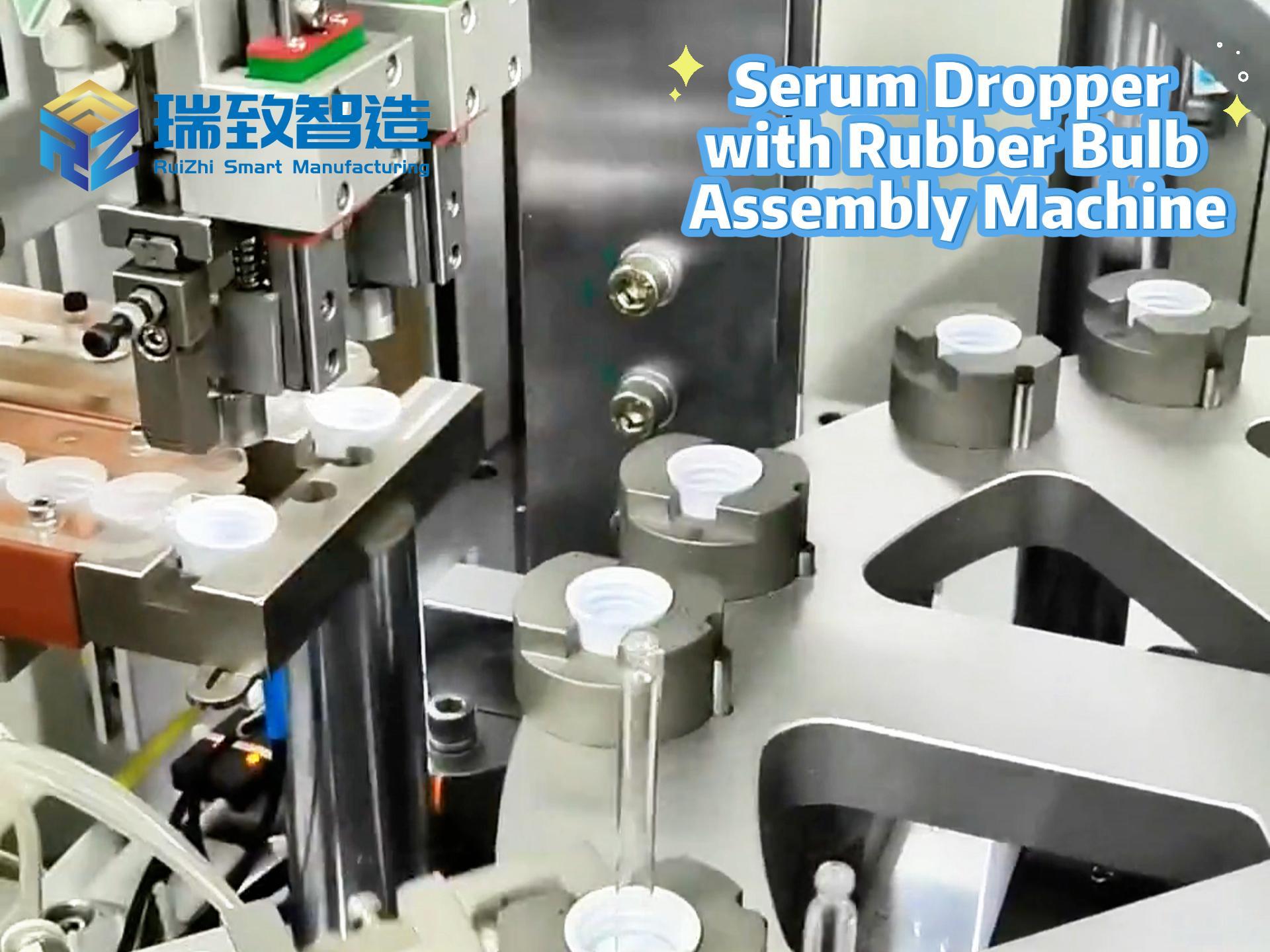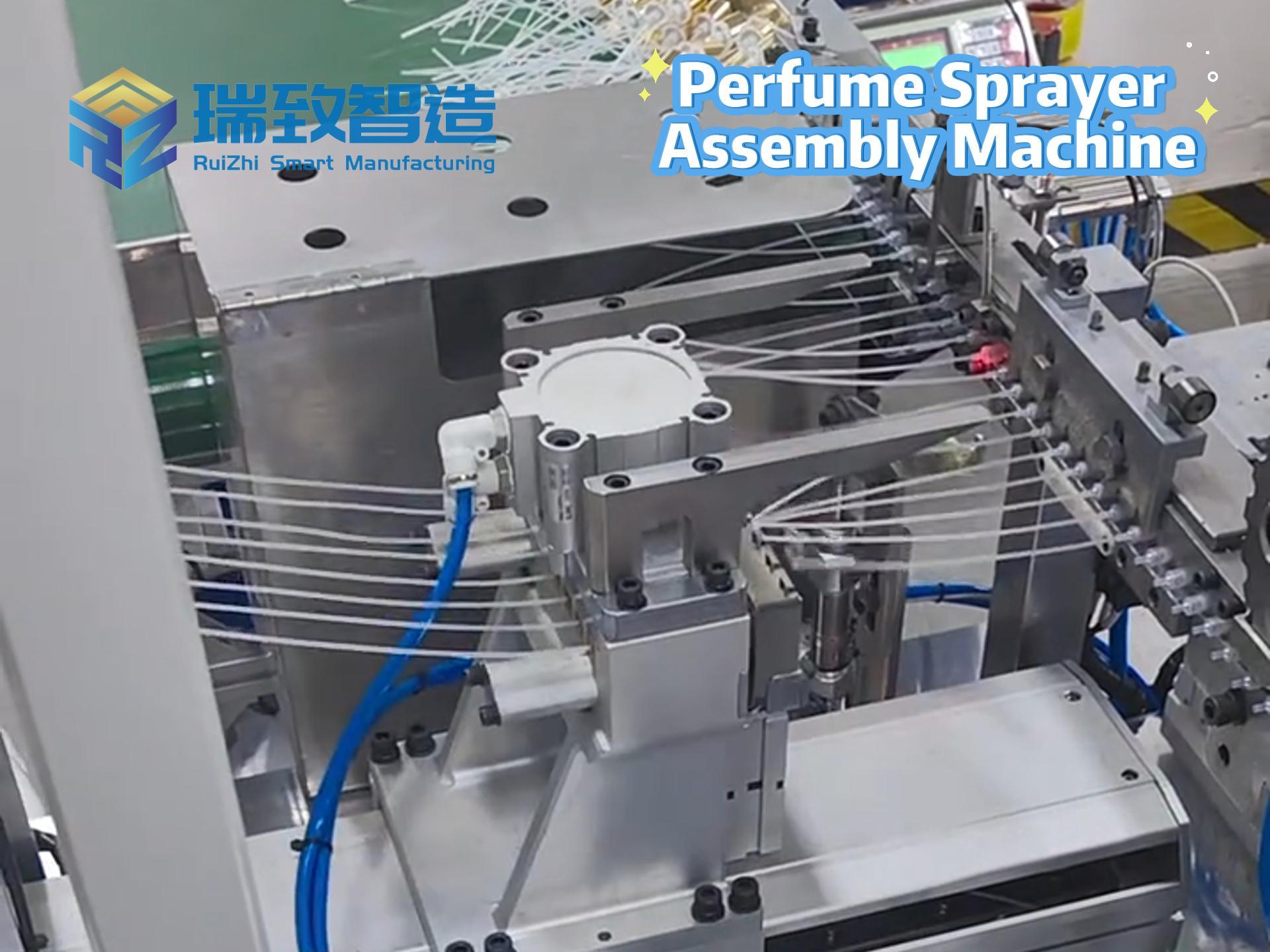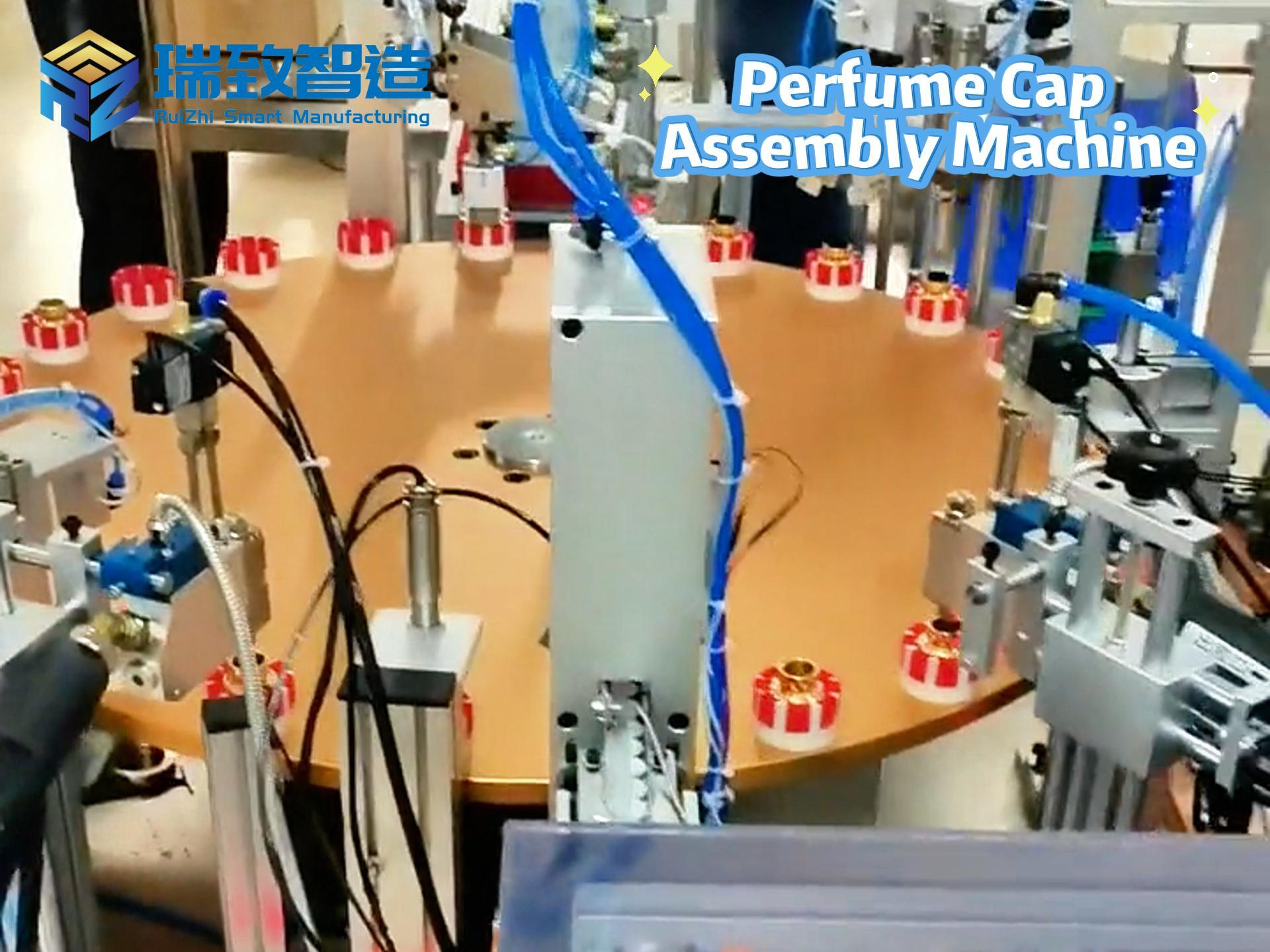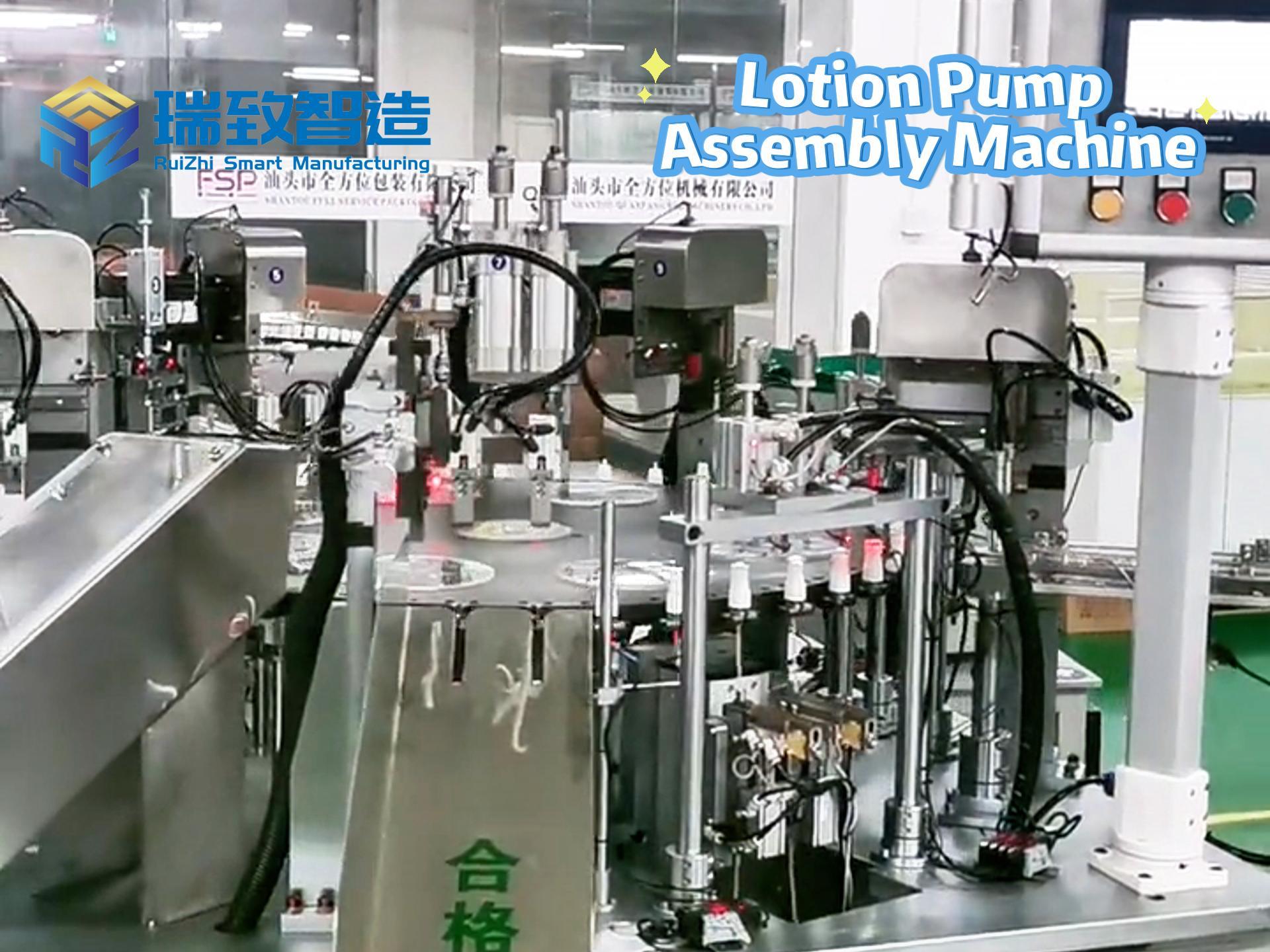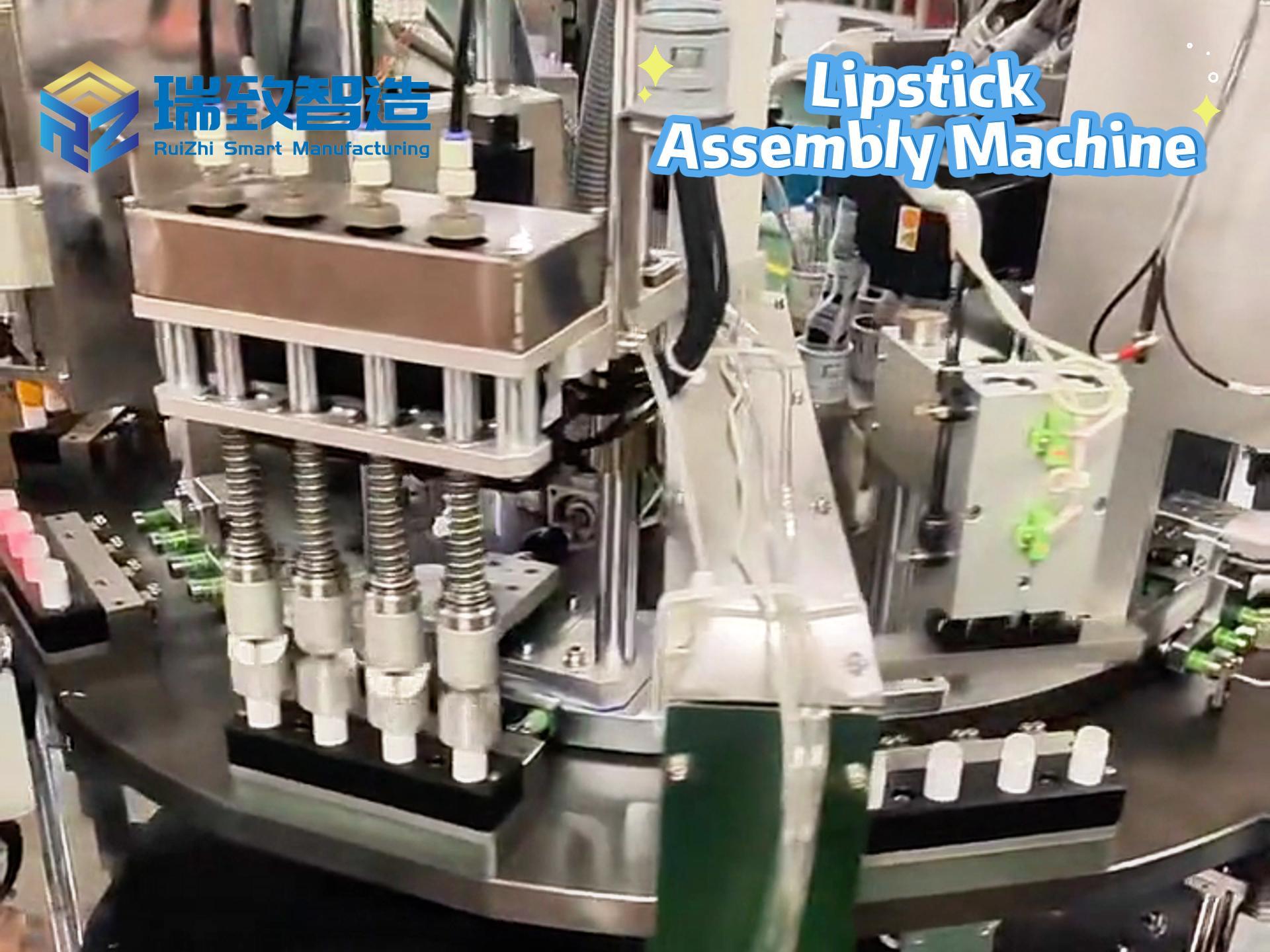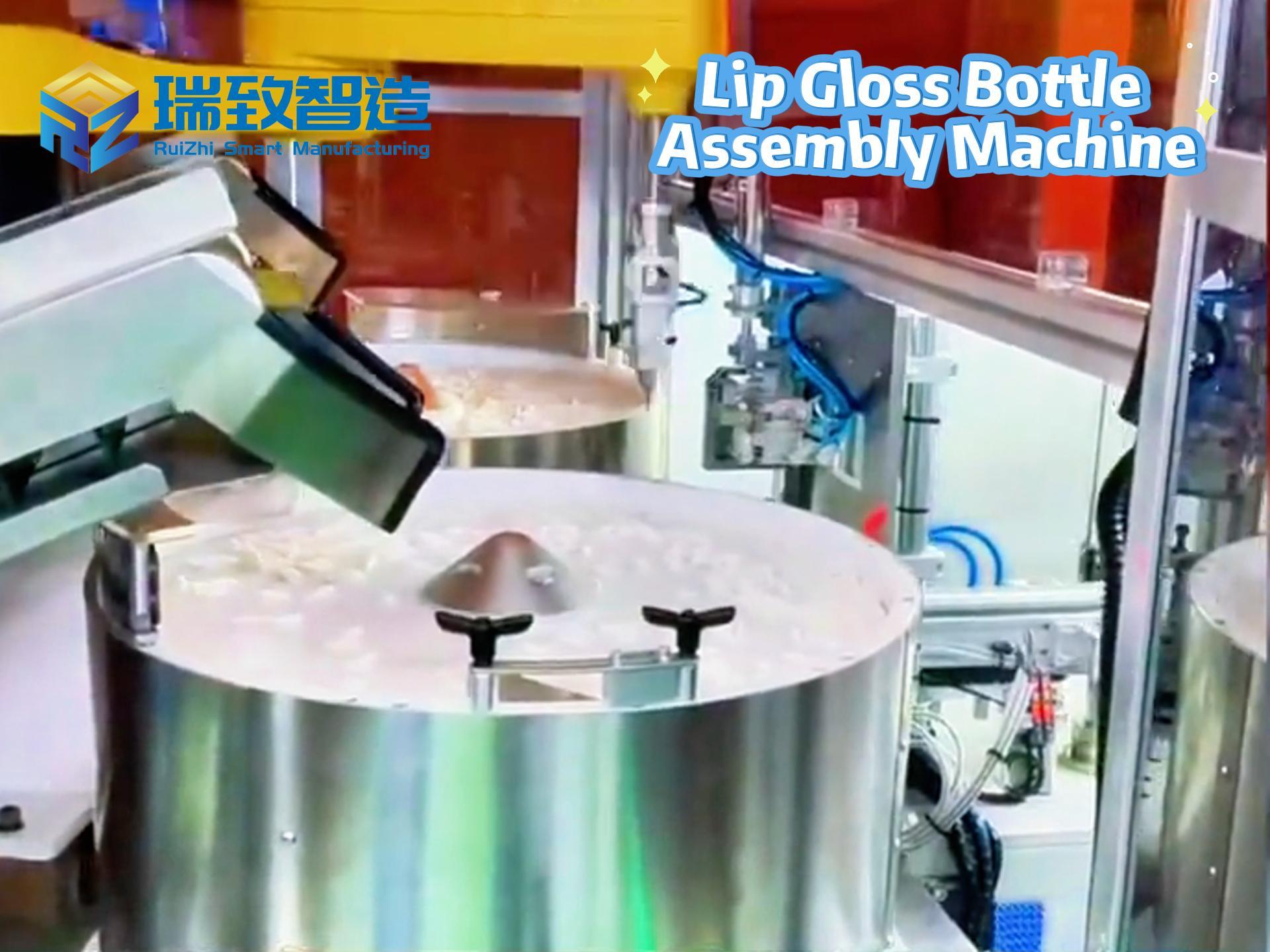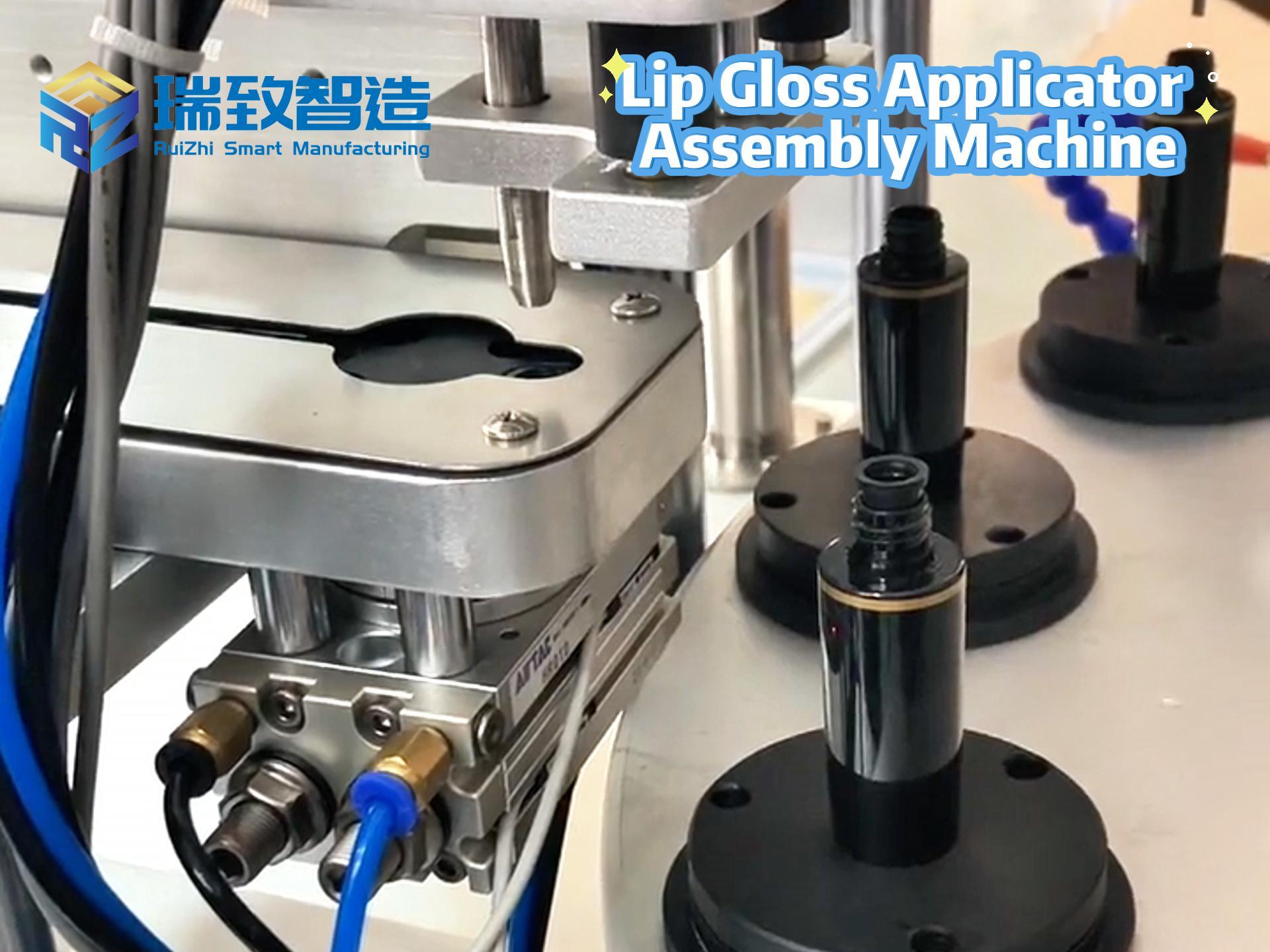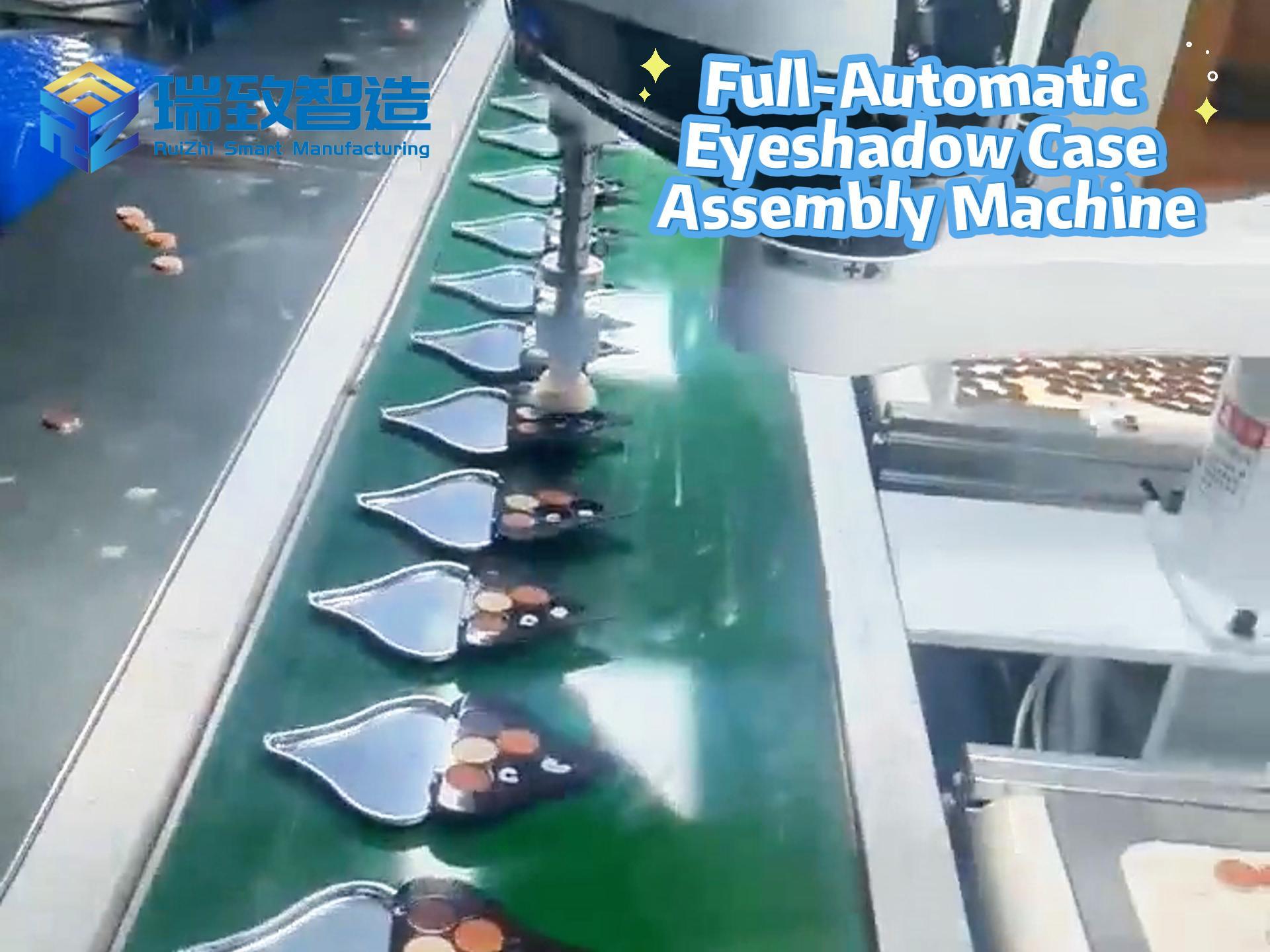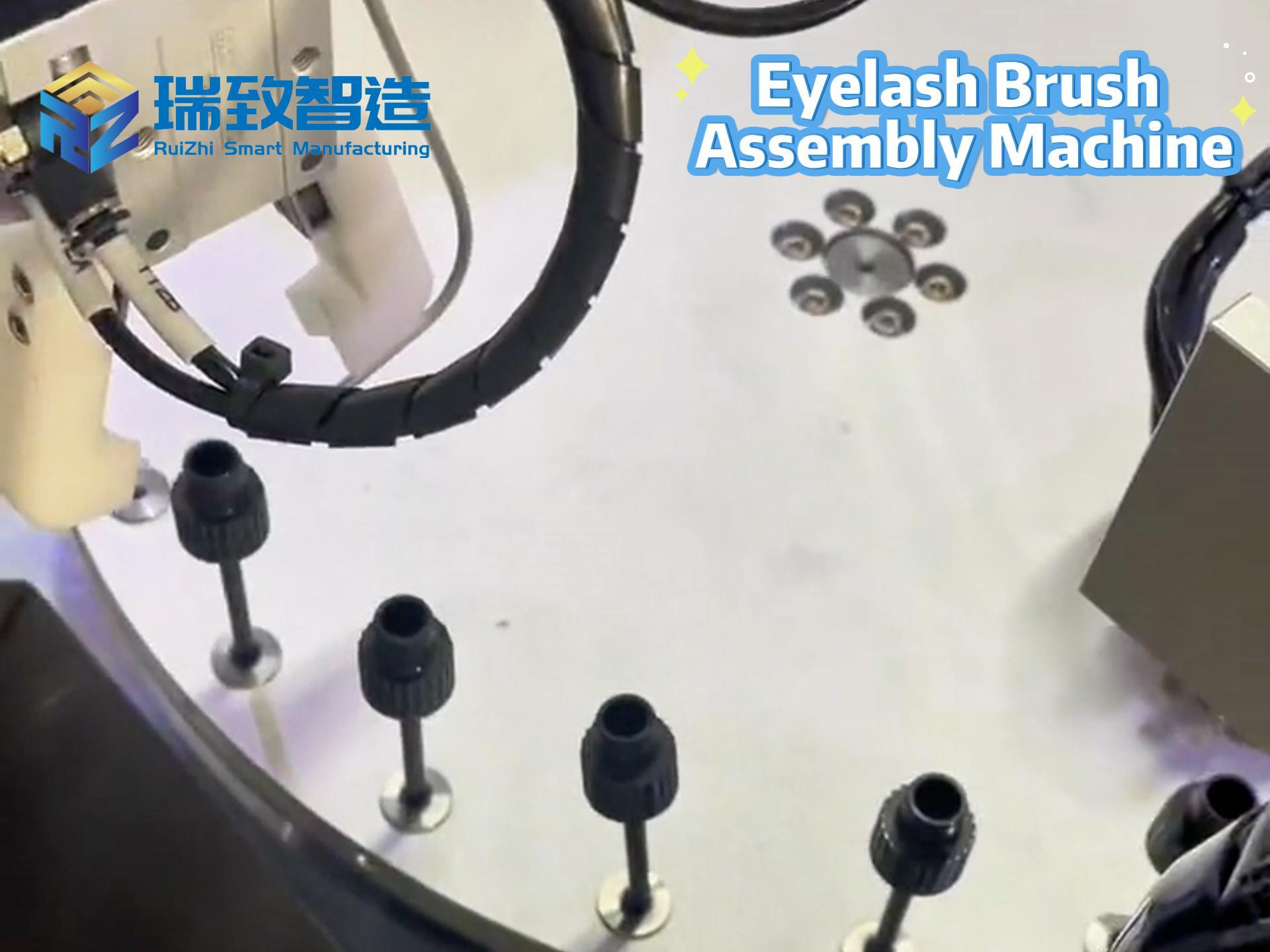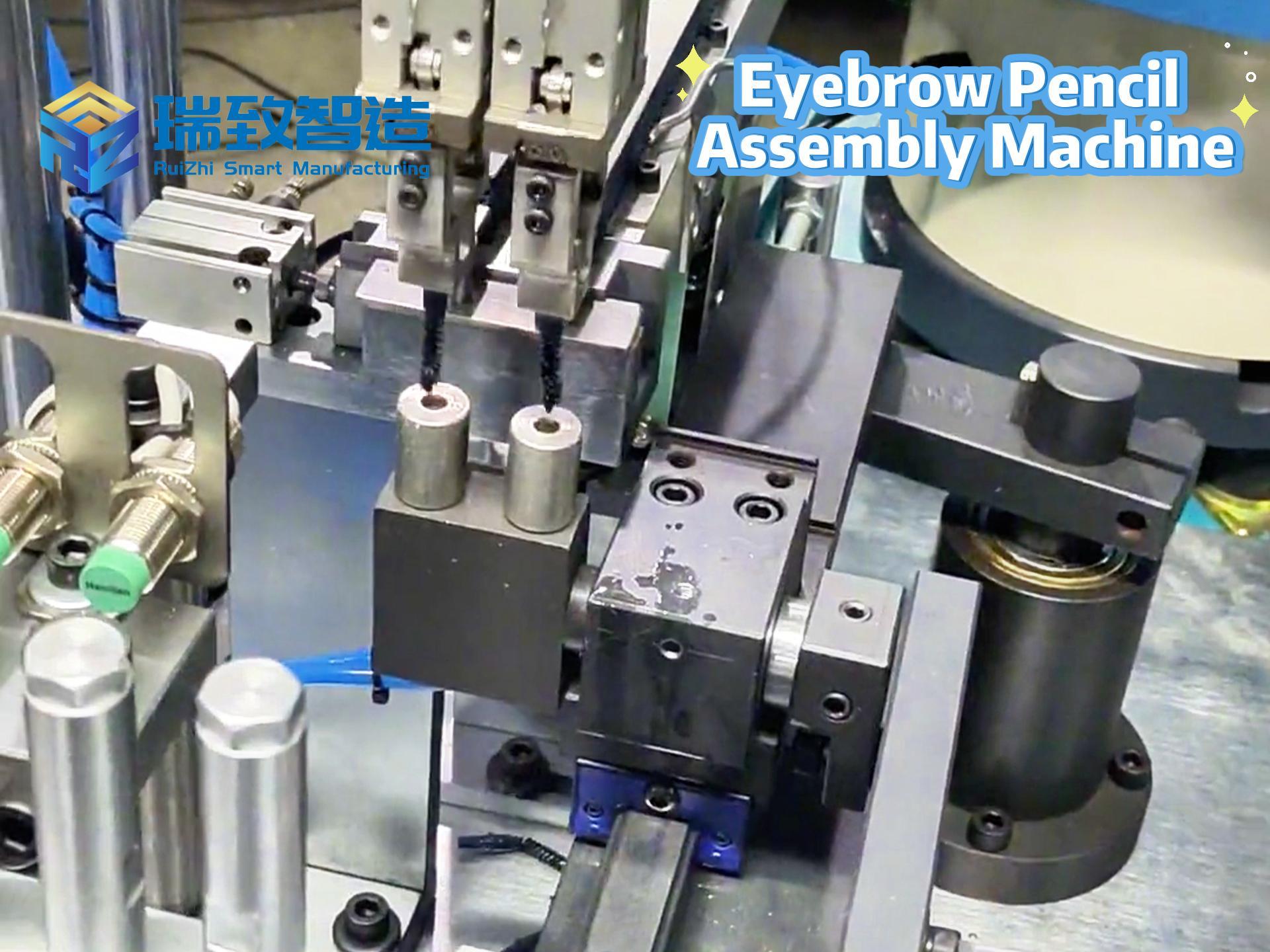Table of Contents
ToggleFuture Outlook for Non-Standard Automation Equipment: The Ultimate Evolution from “Customized Tools” to “Intelligent Ecosystems”
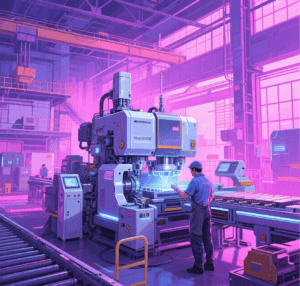
Introduction: When Equipment “Thinks, Collaborates, and Evolves”—The Ecosystem Revolution in a New Energy Factory
A lithium battery production line at a CATL base is a scene that subverts tradition:
- Equipment Interconnection: The pole piece laminator detects abnormal diaphragm tension and automatically synchronizes data with the coating machine, which adjusts the slurry viscosity in real time.
- Autonomous Decision-making: The AI model on the inspection line identifies a trend of poor tab welding and proactively dispatches robots to fine-tune parameters, nipping defects in the bud.
- Self-Evolution: The production line runs virtual simulations at night, optimizing parameters based on 2 million daily production data points, boosting capacity by 3.2% the next day.
This intelligent ecosystem—where “equipment is a node, data is the bloodstream, and algorithms are the brain”—is redefining the boundaries of non-standard automation. It is no longer a single customized tool but an “industrial lifeform” capable of sensing, decision-making, and collaboration.
I. Three Core Characteristics of Intelligent Ecosystems: From “Islands” to “Symbiosis”
▶ 1. Full-Element Interconnection: Equipment-Data-People Form a Closed Loop
- Physical Interconnection: Using OPC UA+TSN (Time-Sensitive Networking) to achieve nanosecond-level synchronization of robotic arms, sensors, and AGVs (traditional PLC communication delay: 10ms→now 100μs).
- Data Interoperability: A 3C factory integrates real-time data (vibration, temperature, energy consumption) from 127 non-standard devices via a digital twin platform, constructing an “equipment health digital dashboard” with 94% fault prediction accuracy.
- Human-Machine Integration: Workers wear smart bracelets whose physiological data (heart rate, fatigue) 联动 with equipment collaboration strategies—when reduced attention is detected, the equipment automatically switches to “low-speed guidance mode.”
▶ 2. Self-Evolution Capability: From “Passive Execution” to “Active Optimization”
- Reinforcement Learning-Driven: A non-standard inspection line in an auto parts factory optimized inspection paths autonomously via 100,000 virtual simulations, reducing single-piece inspection time from 20s to 12s and lowering the missed detection rate by 60%.
- Knowledge Graph Construction: The system automatically extracts debugging experience from 300+ engineers to form a “fault-cause-solution” knowledge graph, shortening new equipment debugging time by 50% (from 45 days to 22 days).
▶ 3. Flexible Symbiotic System: Dynamically Adapting to Changing Demands
- Scenario: During a 300% order surge in a 电商 sorting center’s peak season, the non-standard sorting line uses self-reconfiguration algorithms:
Deploys standby sorting modules (usually folded for storage);
ii. AI redistributes tasks (dynamic 配比 of robot sorting + manual review);
iii. The energy system switches to “high-load mode,” ultimately increasing capacity by 280% with only 150% higher energy consumption. - Data: Flexible ecosystems respond 4-6 times faster to demands than traditional lines.
II. Technical Drivers: The “Four Pillars” of Intelligent Ecosystems
▶ 1. AI + Edge Computing: The “Distributed Brain” of Equipment
- Computing Power 下沉: Edge nodes with NVIDIA Jetson AGX Orin (200TOPS 算力) process 95% of data locally (e.g., defect detection inference time reduced from 500ms to 30ms).
- Federated Learning: Non-standard devices from 10 factories under a group share algorithm models. Welding parameters optimized in Shanghai are automatically synchronized to Chengdu, improving overall yield by 2.1%.
- Case: Tesla Shanghai’s battery module line uses an AI predictive maintenance system to reduce unplanned downtime from 8% to 2%, saving ¥120 million annually.
▶ 2. Digital Twin + Metaverse: A “Parallel World” of Virtual-Real Symbiosis
- Full Life Cycle Twin:
- Design Stage: SolidWorks twin models verify robotic arm interference in real time (traditional trial-and-error required 5 physical prototypes; now 0).
- Operation Stage: A production line twin built with Unity simulates 100,000 extreme scenarios (e.g., voltage dips + material tolerance), optimizing response strategies in advance.
- Metaverse Debugging: Engineers “enter” virtual equipment in Meta Horizon Workrooms, adjusting servo parameters via VR controllers to boost debugging efficiency by 300% (measured in a non-standard aero-engine machining line).
▶ 3. Blockchain + 5G: The “Nerve Vessels” of Trusted Interconnection
- Blockchain Certification: Equipment process parameters (e.g., welding temperature, pressure) are chained to meet FDA 21 CFR Part 11 electronic signature requirements, reducing audit time for a medical device factory from 2 weeks to 2 hours.
- 5G+MEC: A non-standard automated quay crane in a port achieves 30ms ultra-low-latency control via 5G + edge cloud, increasing container handling efficiency by 40% and reducing costs by 60% compared to traditional wired solutions.
▶ 4. Self-Organizing Systems: The “Self-Consistent Laws” of Ecosystems
- Decentralized Collaboration: Devices self-organize networks via MQTT. When a mounter fails, adjacent devices automatically take over tasks (traditional methods required manual reprogramming).
- Emergent Intelligence: 150 non-standard devices in a photovoltaic module factory form an optimal “capacity-energy consumption” 配比 via self-organization algorithms, improving overall OEE by 18% and reducing energy consumption by 15%.
III. Ecosystem Applications: Reconstructing Industry Value Coordinates
▶ 1. 3C Electronics: From “Precision Manufacturing” to “Cognitive Manufacturing”
- Scenario: An “iPhone lens module ecosystem production line” in Apple’s supply chain:
- A vision inspection unit detects micro-cracks in glass covers, triggering:
① Upstream cutting equipment adjusts blade speed (from 3000rpm to 3200rpm);
② Logistics AGVs prioritize transporting the batch to re-inspection areas;
③ Cloud algorithms update the “crack-speed” correlation model in real time.- Achievements: Yield increased from 92% to 99.1%, model change time reduced from 2 hours to 12 minutes, enabling “cognitive-level flexible production.”
▶ 2. New Energy: Building a “Zero-Carbon Smart Manufacturing” Ecosystem
- Photovoltaic-Storage-Charging Integrated Production Line:
- Photovoltaic panels supply 30% of real-time power, with excess energy stored in lithium batteries.
- Non-standard equipment adjusts production rhythms based on electricity prices (full-load production during off-peak hours, prioritizing stored energy during peak hours).
- Case: A CATL base reduced unit energy consumption by 28% through ecological transformation, cutting carbon emissions by 15,000 tons annually and obtaining a 12% EU carbon tariff reduction.
▶ 3. Medical Devices: The “Double Helix” of Compliance and Efficiency
- Aseptic Ecosystem:
- Non-standard assembly robots in isolation chambers record every operation (pressure, temperature, timestamp) via blockchain.
- Vision systems compare real-time with FDA GMP standards, automatically triggering:
① Robotic arm retraction for correction;
② Generation of deviation reports (including root cause analysis).- Data: An ecosystem-enabled syringe production line achieved 100% compliance audit pass rate and 50% capacity improvement.
IV. Business Model Innovation: From “Selling Equipment” to “Selling Capabilities”
▶ 1. Device as a Service (DaaS): Pay per Value
- Модель: An auto factory pays the equipment supplier based on “qualified bearing output” (¥0.5/piece). The supplier continuously optimizes via the ecosystem:
- AI predictive maintenance reduces downtime;
- Digital twins optimize grinding parameters.
- Achievements: Aligning supplier revenue with customer benefits reduces customer investment risk by 70% and boosts supplier annual revenue by 45% (vs. 15% in traditional one-time sales).
▶ 2. Ecosystem Subscription: Continuous Evolution Services
- Offerings:
- Basic subscription (¥9,800/month): Equipment health monitoring + basic algorithm updates;
- Premium subscription (¥29,800/month): Includes expert remote tuning + customized algorithm development.
- Case: After subscribing, a 3C enterprise saw continuous equipment efficiency gains (+5% in year 1, +3.2% in year 2), with subscription fees only 40% of traditional maintenance costs.
▶ 3. Capacity Sharing Platform: “Ecosystem Monetization” of Idle Equipment
- Mechanism: A group connects non-standard devices from its factories to a sharing platform:
- Undertakes external orders during idle periods (e.g., nights);
- The equipment ecosystem optimizes scheduling automatically (priority for in-house orders, external orders fill gaps).
- Data: Equipment utilization increased from 60% to 85%, generating annual revenue of ¥12 million and shortening the investment payback period from 3 years to 2 years.
V. The Future Is Here: Five Ultimate Evolution Directions
▶ 1. Quantum Computing Empowerment: Breaking the Computing Ceiling
- Application: A non-standard aero-engine machining line using quantum annealing algorithms reduced process parameter optimization time from 72 hours to 15 minutes, improving machining accuracy to ±0.001mm (traditional algorithm limit: ±0.01mm).
▶ 2. Brain-Computer Interface Collaboration: New Heights of Human-Machine Integration
- Progress: Neuralink-like brain-computer interfaces have been piloted for non-standard equipment debugging. Engineers use 意念 to control robotic arms for complex path planning (e.g., chip-level precision assembly), boosting debugging efficiency by 200%.
▶ 3. Self-Replicating Factories: “Life Evolution” of Ecosystems
- Concept: An experimental non-standard production line can autonomously replicate simple modules:
- 3D printers produce standard parts on demand;
- Robots assemble new modules and integrate them into the ecosystem.
- Significance: Enables autonomous manufacturing expansion in remote areas or space exploration.
▶ 4. Carbon Footprint Agents: The Hub of Sustainable Manufacturing
- Functions: Equipment ecosystems embed “carbon footprint agents” to optimize in real time:
- Energy mix (photovoltaic/grid/storage 配比);
- Logistics routes (minimizing carbon emissions).
- Goal: Achieve full-life cycle carbon neutrality for non-standard equipment by 2030.
▶ 5. Metaverse Manufacturing Communities: Global Intelligence Sharing
- Platform: Build global non-standard equipment metaverse communities:
- Engineers collaborate on algorithm development in virtual spaces;
- Equipment suppliers showcase ecosystem solutions for clients to “try out.”
- Case: A German equipment supplier obtained algorithm optimization suggestions from Chinese engineers via a metaverse community, improving its non-standard inspection line efficiency by 12%.
VI. Ultimate Challenges: “Roadblocks” on the Path to Ecologization
- Data Sovereignty Disputes: Ownership of equipment ecosystem data (client/supplier/third party) remains undefined. An auto factory terminated an ecosystem partnership due to data control disputes.
- Standard Fragmentation: Digital twin models from different vendors are incompatible (e.g., Unity vs. Unreal), increasing integration costs by 30% for a transnational project.
- Ethical Risks: Production accidents caused by AI autonomous decisions (e.g., algorithms mistakenly rejecting qualified products) lack clear legal frameworks for liability.
- Technological Divide: Weak digital foundations of SMEs make ecological transformation unaffordable (a hardware factory needs ¥5 million for transformation, exceeding its annual profit).
Conclusion: Intelligent Ecosystems Redefine “Manufacturing Civilization”
As non-standard automation equipment evolves from “lonely tools” to “thinking ecosystems,” industrial manufacturing is undergoing a leap from “mechanical civilization” to “digital civilization.” In this ecosystem, equipment is no longer cold steel but intelligent agents capable of sensing, learning, and collaboration; enterprises are no longer mere equipment buyers but ecosystem co-builders.
Future factories will be “industrial ecosystems” composed of countless intelligent agents—autonomously optimizing, dynamically symbiotic, and adapting to environments like natural lifeforms. The ultimate mission of Chinese non-standard equipment enterprises is not just to build machines but to construct this new “manufacturing civilization,” unleashing infinite possibilities for customized production within intelligent ecosystems.
“epson 6 axis” “epson robot singapore” “epson 6-axis robots”

